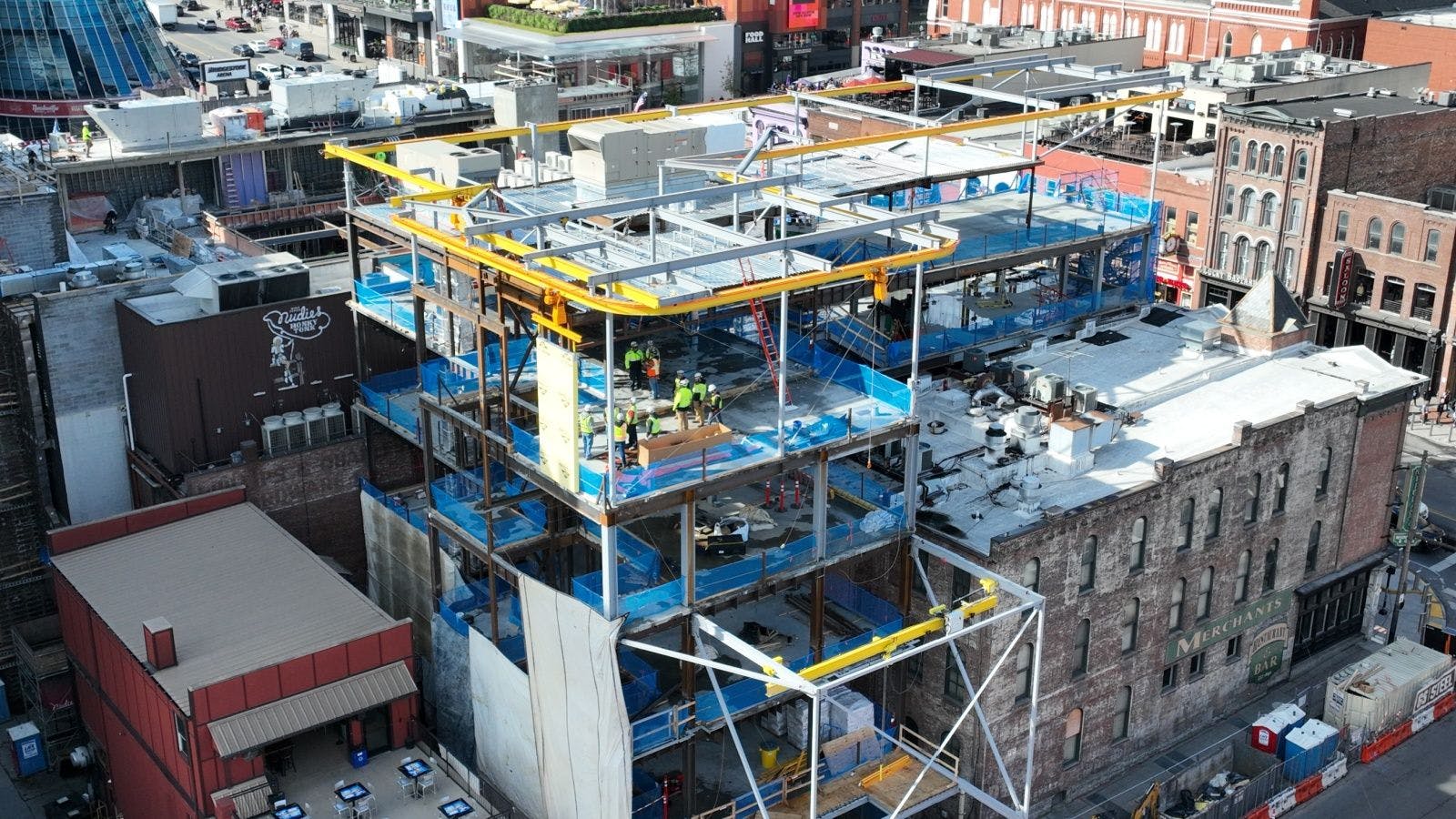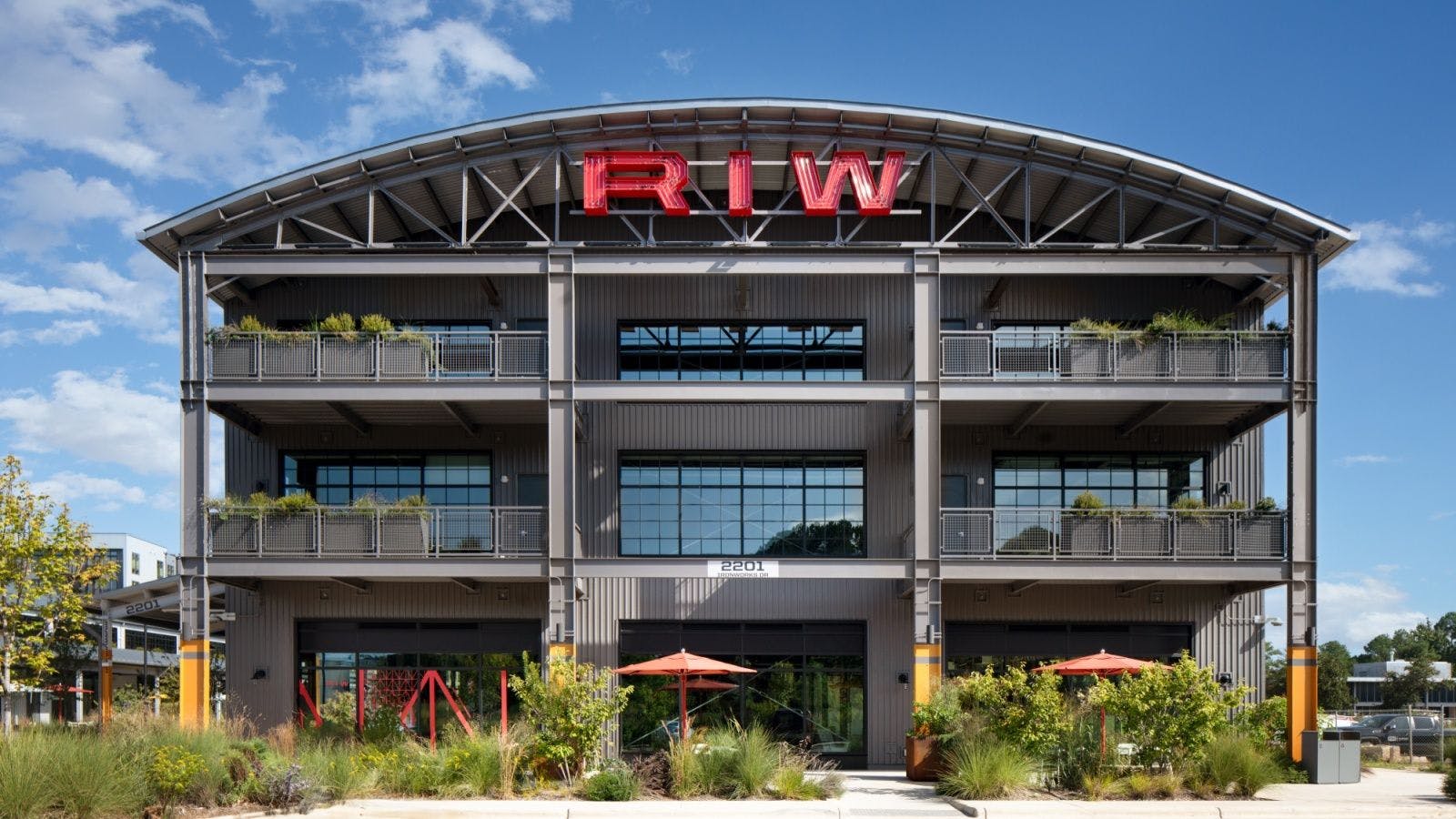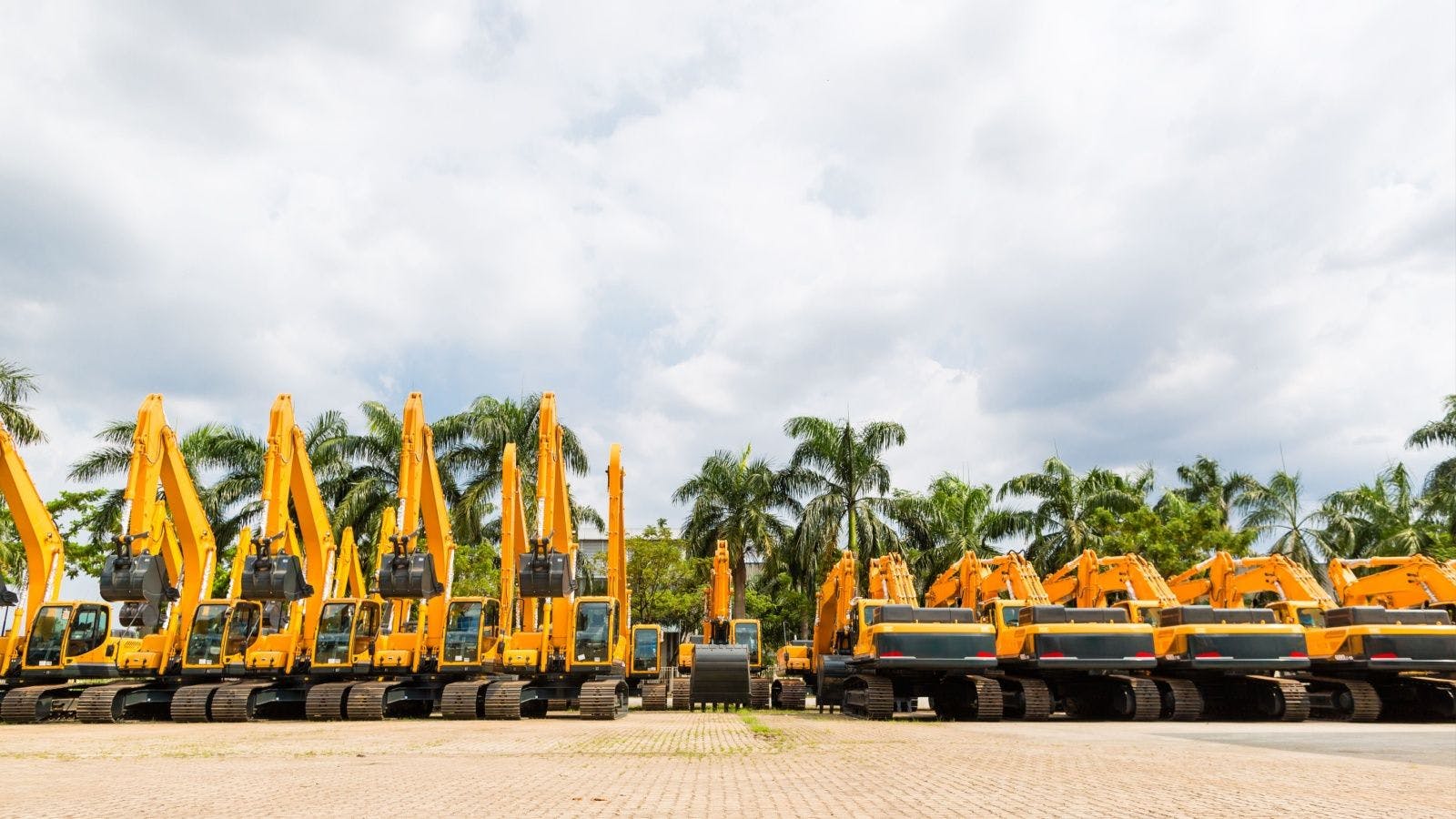Open Data Makes Sustainable Structures More Achievable
The demand for sustainability and efficiency associated with new construction and renovation projects is higher than ever, as monthly energy costs constitute an ever-increasing percentage of total building life cycle expenses due to rising utility rates. As a result, sustainable construction practices promoting net-zero building designs have become a prevalent industry objective. However, peak sustainability is rarely accomplished due to the high costs and a lack of resources available in the early stages of design and planning.
Architects, designers, planners and builders often aspire to create sustainable buildings in order to save their clients money on utilities, promote wellness through eco-friendly materials, and introduce improved ideas for the intelligent management of natural resources, such as capturing storm water runoff, positioning buildings for optimal sunlight and wind, and even using less conventional strategies such as passive methods.
Boosted building performance comes down to a more profitable outcome for building owners, and providing insights into the impacts of design decisions or equipment and fixture choices can be a big differentiator to them. However, it is especially difficult for smaller construction firms to pre-measure building performance for efficiency due to a lack of big-dollar budgets to register their projects with LEED or bring on specialty consultants.
Following are three key challenges.
- Affordability: There are so many decisions to help a client make in the construction process, which is typically a large investment. How can long-term operational data be provided early on to give more peace of mind to the client? There is a need for a single way to bring relevant data into an easy-to-understand view, where multiple measurements and variables can be input and considered holistically instead of tackling just one aspect at a time.
- Efficiency: How can key data be obtained quickly instead of being laboriously hunted for by accessing separate and inconsistent silos? And how can options be compared side by side in real time to be able to make faster decisions? There is a clear need for more easily found data to plug into the performance model, and a smoother method to integrate multiple data points affecting a building into a single view.
- Simplicity: How do contractors relate the impacts of the materials and choices available to their clients in a way that they will easily comprehend?
More easily accessible information and a straightforward scoring system can turn the complexity and cost problem for better building performance around. This is part of the open data movement. Open data is any data that can be freely published, used, reused and redistributed by anyone for anyone. This means getting data, sometimes even in real time, that empowers design build teams while saving time and costs.
Open data is now helping to drive key real-time information from federal and local government entities and private companies. For example, hundreds of regional utilities are providing gas and water rates, and the National Oceanic and Atmospheric Administration (NOAA) is providing local rainfall and weather data. Additionally, Walk Score is publishing statistics regarding the precise proximity of desired resources, such as parks, stores, libraries and businesses.
Converge all of these streams of data into a single model, then apply an easily understood score with rational for improvements, and construction designers can turn a weakness into a great advantage. The result is that a holistic “smart model” is conceived with anticipated energy and water savings that steer optimal and budget-friendly outputs.
Here are four key examples:
- Energy savings: Returns the savings in dollars per year from energy improvements to the project based on planned use, compared to code minimums, based on local utility rates.
- Water usage: Returns a water savings score based on planned and standard water usage calculations, as well as expected simple payback of those efficiency improvements.
- Stormwater infiltration: Quantifies the overall perviousness of a site and amount of rainfall, based on NOAA data, and includes site area and composition/area of site surfaces, as well as exemplifies the application of the system to see the potential impact on city utility infrastructure.
- Transportation access: Represents an average score of U.S. Census, transportation and Walk Score data, as walkability and connectivity via transportation options is a growing priority for communities.
The open data revolution is in its early stages, setting itself up to play an expanding role in resilient and sustainable building designs. This helps our industry make good on the vision for tomorrow’s smart communities.
Related stories








